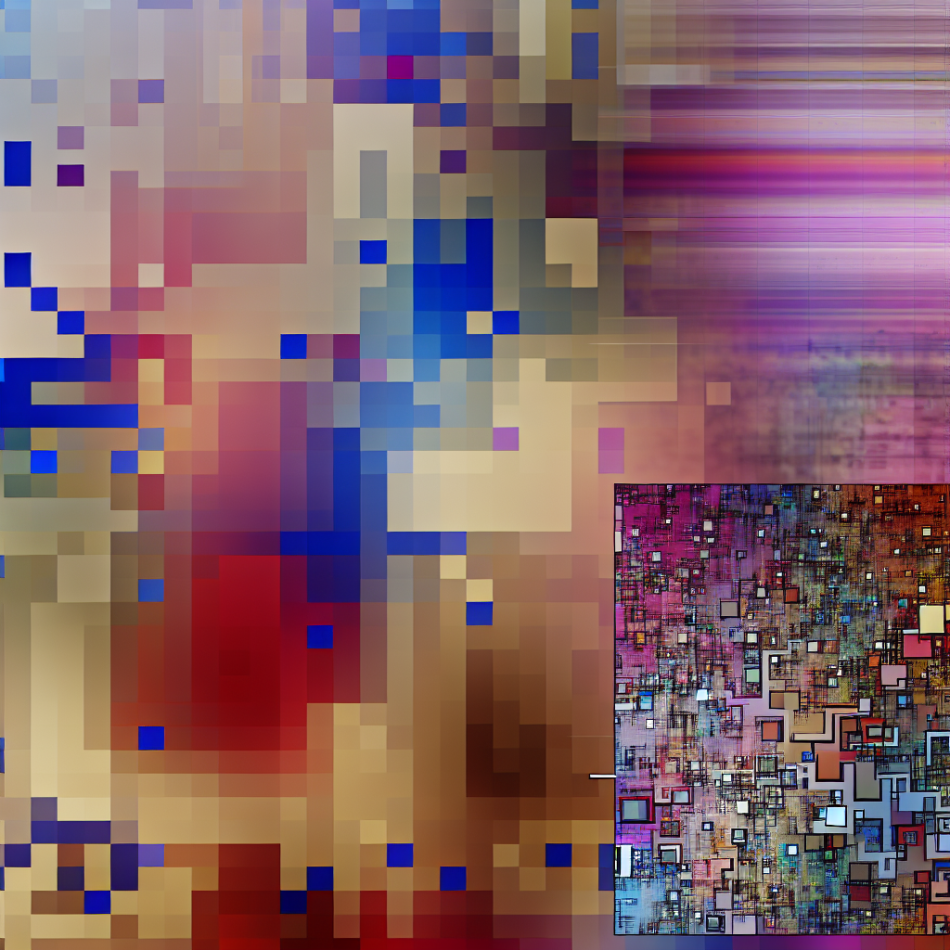Masking: The Exhausting Reality of Hiding Neurodivergent Traits
For many neurodivergent (ND) individuals, daily life involves a relentless act: masking. This practice of concealing innate traits—such as stimming, social quirks, or sensory sensitivities—to appear "normal" is widespread but rarely discussed. While masking can help ND people navigate a neurotypical-dominated world, the emotional and mental toll is profound. This article explores why masking happens, its consequences, and how society can foster inclusivity to reduce its necessity.
Understanding Masking: A Survival Strategy in a Neurotypical World
Masking, often termed "camouflaging," involves suppressing natural behaviours to avoid standing out. For autistic individuals, ADHDers, or those with other neurodivergent conditions, this might mean forcing eye contact, mimicking social scripts, or hiding sensory discomfort. Rooted in societal pressure to conform, masking is a survival mechanism—a way to dodge stigma, bullying, or professional discrimination. However, unlike temporary adjustments, masking demands constant self-monitoring, draining energy and eroding self-identity over time.
Why Do Neurodivergent People Mask?
The reasons behind masking are complex and deeply personal. Common motivations include:
- Social Acceptance: Fear of rejection drives many ND individuals to mimic neurotypical behaviours, even if it feels inauthentic.
- Safety: In hostile environments—such as workplaces or schools—masking can prevent harassment or punitive consequences.
- Internalised Stigma: Years of being told their traits are "wrong" lead some to view masking as self-improvement rather than suppression.
While masking may offer short-term benefits, it often perpetuates a harmful cycle: the more someone masks, the harder it becomes to recognise their authentic needs.
The Hidden Burden of Masking
The toll of masking extends beyond mere fatigue. Research links prolonged masking to autistic burnout—a state of physical, emotional, and mental exhaustion. Symptoms include chronic anxiety, depression, and a loss of skills or interests. Additionally, masking can delay diagnosis, as individuals become adept at hiding traits even from clinicians. Over time, the disconnect between one’s true self and masked persona fosters isolation, making it harder to seek support or build genuine relationships.
Masking Across Different Contexts
Masking isn’t uniform—it shifts depending on environment and identity. For instance:
- Gender Differences: Women and non-binary individuals often face higher pressure to mask, as societal expectations of "appropriate" behaviour are more rigid.
- Cultural Expectations: In cultures valuing collectivism, masking may involve suppressing individual needs to maintain family or community harmony.
- Professional Settings: Workplace demands—like open-plan offices or networking events—force many ND employees to mask relentlessly, increasing burnout risk.
These nuances highlight how systemic barriers, not individual deficits, sustain masking culture.
Moving Towards Authenticity: Reducing the Need to Mask
Creating spaces where ND individuals can thrive unmasked requires systemic change. Key steps include:
- Education: Teaching neurotypical people about ND experiences reduces stigma and fosters empathy.
- Flexible Environments: Adjustments like sensory-friendly spaces or flexible communication styles validate diverse needs.
- Representation: Amplifying ND voices in media and leadership challenges stereotypes of "normalcy."
On an individual level, ND people benefit from self-acceptance practices, such as connecting with ND communities or setting boundaries around masking.
Conclusion: Embracing Neurodiversity Beyond Awareness
Masking underscores a painful truth: society still equates conformity with competence. While awareness of neurodiversity is growing, true progress demands action—replacing judgment with curiosity, and rigid norms with flexibility. For ND individuals, unmasking is a journey, not an overnight shift. But by prioritising inclusivity, we can build a world where hiding one’s neurology isn’t the price of belonging. The goal isn’t to eliminate masking entirely, but to ensure it’s a choice, not a necessity.
